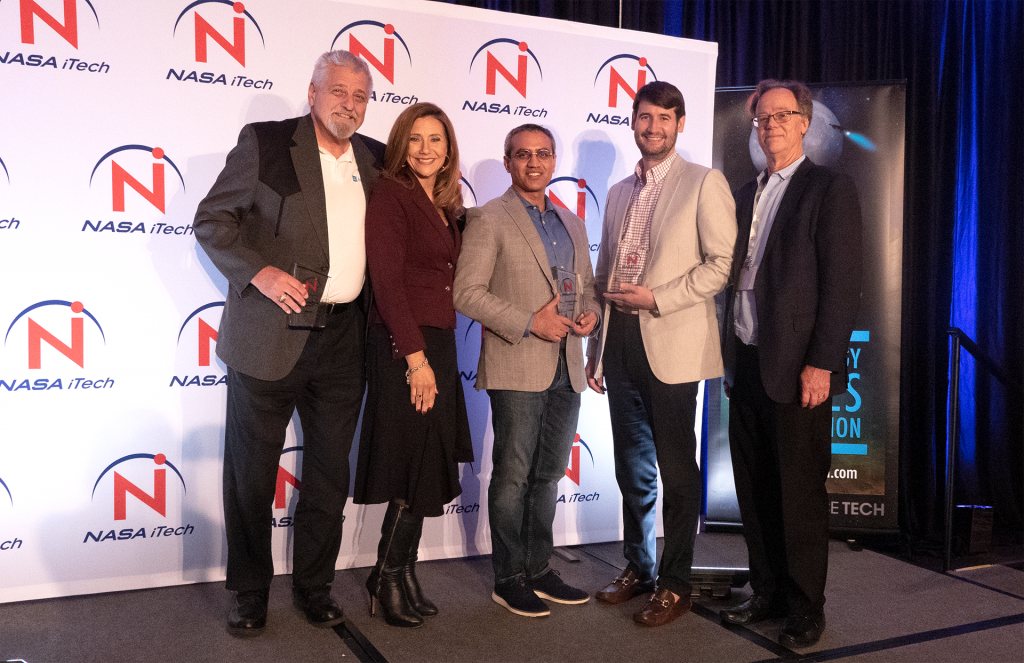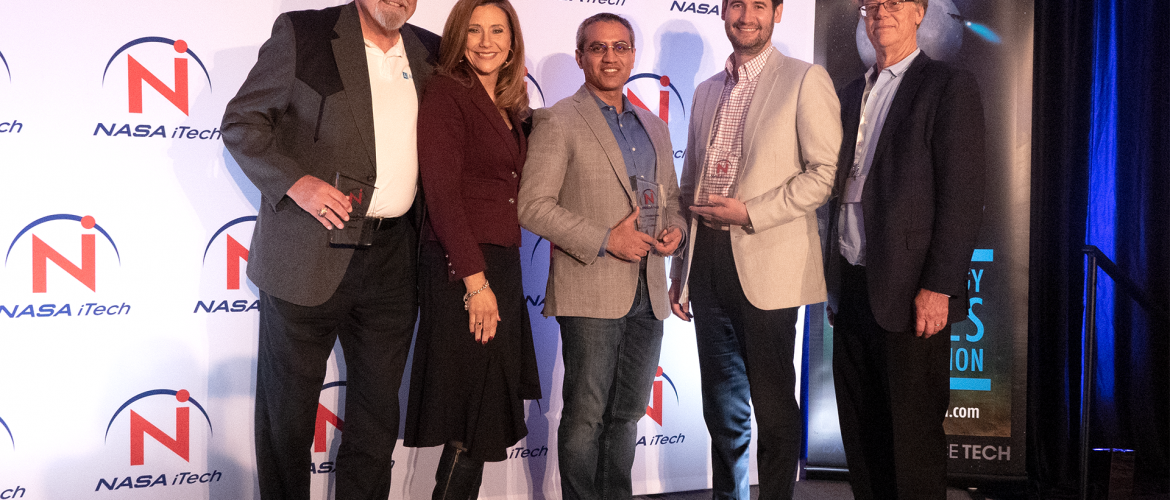Entrepreneurs Travel from Near and Far to NASA iTech Forum, Judges Select Three Winners
People around the world come up with new ideas and start developing cutting-edge technologies, devices and code in their backyards. Kira Blackwell, NASA iTech program executive for the agency’s Space Technology Mission Directorate, emphasized this Oct. 7 as she welcomed entrepreneurs, judges and intrigued guests to the latest NASA iTech forum in Las Cruces, New Mexico.
Ten finalists of the NASA iTech 2019 Cycle II competition traveled to New Mexico from their backyards in Australia, Germany and across the United States. Several ventured from Florida’s Space Coast and one company was even local to Las Cruces. The entrepreneurs showcased their technology breakthroughs to chief technologists from various NASA centers. Experts from industry, academia, professional organizations and potential investors were also in attendance at the public forum Oct. 7 and 8.
Each finalist described how their iTech entry could benefit society and the space program. They illustrated how their company’s innovation could assist NASA as the agency prepares for future missions to the Moon and Mars. Ideas ranged from software that helps robots and humans work better together in space to fabric that stimulates blood flow and could improve astronauts’ performance on lengthy missions. On the day of their public pitch, each finalist also sat down with the NASA iTech judges to detail the nuts and bolts of their technology.
At the end of the two-day forum, Harry Partridge, chief technologist at NASA’s Ames Research Center in California’s Silicon Valley, took the stage to announce the three winners. Partridge called them up in reverse alphabetical order.

OXOS Medical Inc. of Atlanta was selected for their digital, handheld X-ray and fluoroscopy imaging device. The device weighs a little more than a two liter bottle of soda, runs on standard power, is easy to operate and minimizes radiation exposure. “By bringing X-ray out of the radiology suite and to the point of care, OXOS can make providers more efficient, reduce overall health costs and drive patient satisfaction,” said CEO and co-founder of OXOS Medical Evan Ruff.
Everix Inc. of Orlando was called next. The company presented ultra-thin, flexible and shatter-free optical filters that are thermally drawn at scale. Optical filters are in everything from space telescopes to cellphone cameras. Five years ago, Everix CEO and founder Hooman Banaei transformed his storage shed into a workshop to construct equipment and test underlying technology that reduces the cost of manufacturing to less than 10% of traditional methods. “That opens the door to many new applications both on Earth and in space,” said Banaei.
Partridge announced Alertgy of Melbourne, Florida, as the third winner of this NASA iTech cycle. Founder Marc Rippen created the company after preventing his wife from going into a low blood sugar-induced coma. His wife Helga is a physician who joined the company as chief medical officer. Alertgy presented their non-invasive, real-time, continuous blood glucose analyzer and alert system. The sensor technology intrigued the iTech judges for other possible applications, particularly radiation monitoring and looking at fluid flow in the human body.
As the forum wrapped up, Blackwell asked Partridge about whether anything surprised him about this iTech forum. “I continue to be impressed with the breadth of the technologies that people are bringing and how far they are coming,” said Partridge. Where the technologies could end up is equally as exciting.
NASA judges selected the top three innovations based on criteria including technical viability, likely impact on future space exploration, benefits to humanity and commercialization potential. The winning teams received trophies during the recognition ceremony Oct. 8.
NASA iTech challenges entrepreneurs to think outside the box and consider applications for their innovations in space. By identifying technology areas and engaging innovators from outside the agency, iTech offers the unique opportunity for feedback on commercial technologies that could prove useful for space exploration. NASA iTech works in collaboration with the National Institute of Aerospace in Hampton, Virginia.
For information about NASA iTech, visit:
http://www.nasa.gov/directorates/spacetech/itech
For information about NASA’s Space Technology Mission Directorate, visit:
http://www.nasa.gov/spacetech

